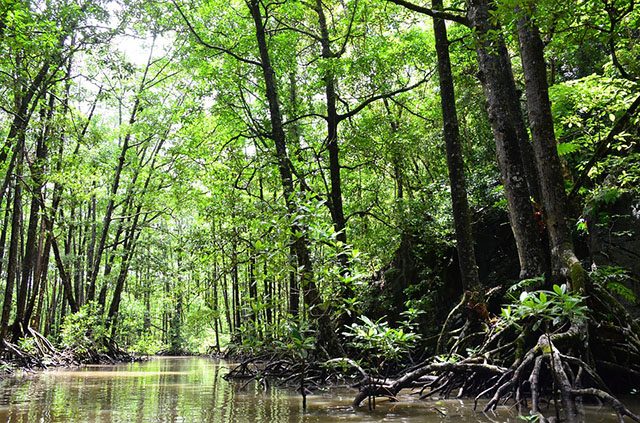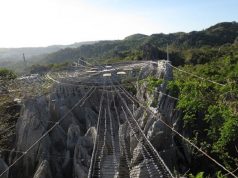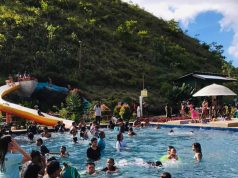An environmental group has called for the rebuilding of mangrove forests throughout the Philippines saying that these coastal trees are an effective shield against the wrath of typhoons that hit the country annually.
Conservation International-Philippines shared in a Facebook video on July 26, World Mangrove Day, how mangrove forests can protect coastal villages from strong typhoons.
Mangrove Forests Save Lives in Tropical Storms
Happy World Mangrove Day! With our support, the community of Silonay is reclaiming their once-abundant mangrove forests by establishing an “ecopark”, restoring and protecting a critical piece of their culture while preparing for the impacts of climate change https://ci-intl.org/2eM5RHa #WorldMangroveDay
Posted by Conservation International – Philippines on Wednesday, July 25, 2018
The US-based organization featured the Silonay Mangrove Conservation Area in Oriental Mindoro, which was one of the places in the country that CI had helped rebuild.
“With our support, the community of Silonay is reclaiming their once-abundant mangrove forests by establishing an ‘ecopark,’ restoring and protecting a critical piece of their culture while preparing for the impacts of climate change,” CI-Philippines said.
The small town, which is situated on an island, relies heavily on its mangroves to protect them against storm surges, the NGO said.
“Like many coastal areas, the village of Silonay remains vulnerable to strong storms and fishery collapse fueled by climate change. Protecting mangroves and replanting deforested areas represents an investment in the community’s future, according to local leaders,” author-photographer Kimberly Hoong wrote.
Similarly, a coastal town in Eastern Samar was also saved by mangroves during the onslaught of Super Typhoon Yolanda in 2013, considered to be the strongest tropical cyclone recorded.
The municipality of General MacArthur was featured in an article from Public Radio International because it was protected from the storm surges by mangroves compared to neighboring towns.
Sadly, PRI states that more than 70% of the native mangroves in the Philippines has already been destroyed between 1918 and 1994, mainly due to coastal development.
Importance of mangroves
Mangrove ecosystems are among the most “misunderstood” treasures of the country, despite its many benefits to the environment, based on CI-Philippines.
Mangroves are “stubborn, shrub-like trees that grow exclusively in coastal waters” that are strong enough to “endure the persistent battering of waves typical of the intertidal regions where they put down roots.”
“They act as buffers to storm surges, forming a natural barrier between the ocean and the people who live on land, breaking waves and limiting the impact of heavy winds,” CI explained in its website.
While this type of forest only covers 0.1% of Earth’s land surface, its trees can store 10 times more carbon than terrestrial forests and twice than a salt marsh.
Mangroves also provide the shape of the coastline, which the Philippines is considered to have one of the longest in the world, and help keep the coast from erosion and prevent coral bleaching.
Moreover, these plants are also among the most diverse with 70 species found in 136 nations in the world.
Government conservation efforts
The rapid depletion of these trees is not only happening across the world with a rate of 1 to 2% being lost per year, which CI deemed to be “faster than any other type of forest.”
In 2016, the Department of Environment and Natural Resources reportedly restored mangrove and natural beach forests that were part of the coastal areas battered by the strong winds of Typhoon Yolanda.
Aside from DENR, there were other rehabilitation projects for mangroves in the country in the previous years, but many had failed due to “inappropriate species and sites” used, based on a study in 2013.
The study called “Philippines’ Mangrove Ecosystem: Status, Threats and Conservation,” stated the lack of awareness and implementation of laws as among the issues that impede mangrove rehabilitation.
The researchers identified that community involvement is a key to restoring the lost mangroves.
“Involving the community is a more sustainable approach to reforestation and maintenance of existing resources because participatory approaches empower local communities to contribute more effectively to forest management,” the study said.










